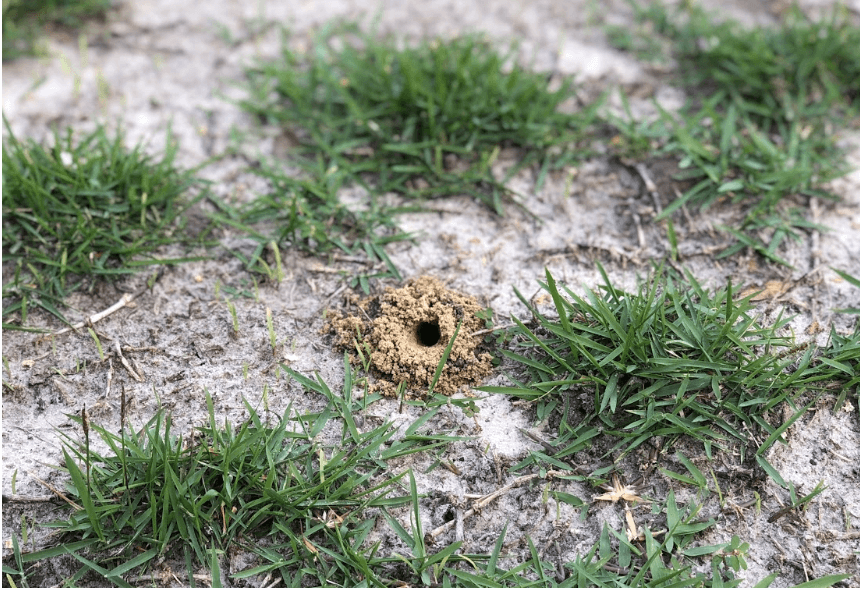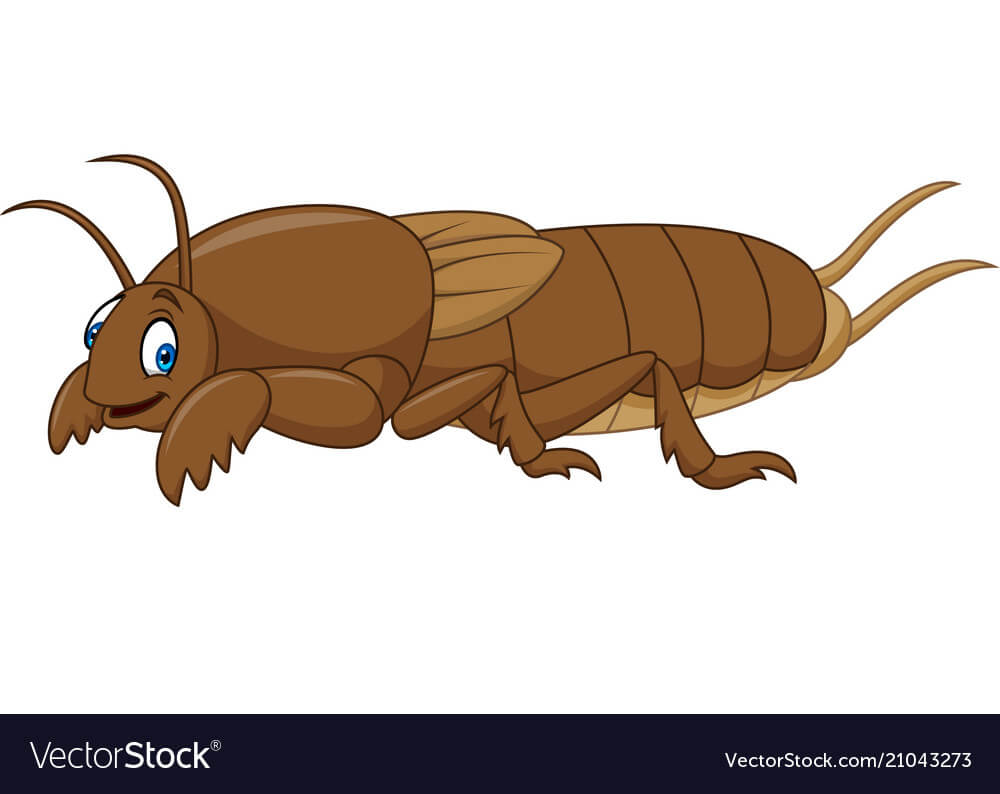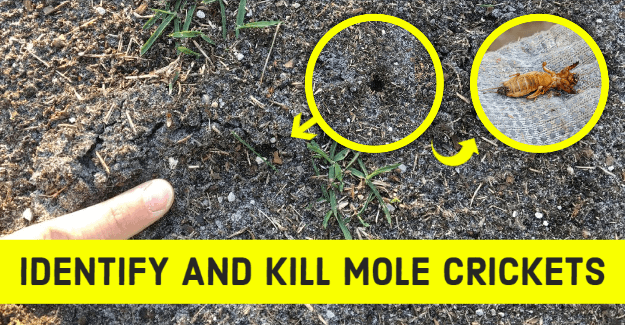The onset of Spring in South Carolina may have brought a shift in the look of your lawn. As much as the warm spring time soil aids in the growth of greenery, it is the ideal time for lawn pests like mole crickets to emerge. They do not pose any direct threat to humans so you can let loose the fear of any poisonous or painful mole cricket bites. However, these lawn bugs are skilled diggers that can heavily damage your turf by eating away at the roots and the grass leaves. This can cause them to dry out leading to mole cricket damage if left untreated.
Mole Cricket Damage
Mole cricket damage and activity should be kept in check throughout the year especially during the warmer days of spring in SC. Mostly herbivorous in nature, the deep tunnels dug by these turf bugs take them towards the grass roots for consumption. They also uproot and pull in grass leaves and stems from above devouring them beneath. Slow grass growth can occur as they destroy young seedlings. They stunt grass growth by eating away the grass shoots that otherwise would have spread and grown new healthy leaves. All such activities result in dried out dead grass.
Their life span ranges up to a year which is long enough for widespread lawn damage unless lawn insect damage measures are taken such as involving pest control services.

How to identify mole crickets
These creatures appear similar to ordinary crickets in a dark brown color. Their large flattened front legs have claws similar to that of rodent moles which act as their digging tools. The adult mole cricket sizes range from one to one and a quarter inches with younger ones appearing in the same form but simply smaller. They have a dense layer of hair covering their bodies. Adult mole crickets lured by bright lights may fly towards any outdoor source of lighting. Finding them there can act as an indicator of identifying a possible lawn infestation. Among their varying species, the Tawny Mole Cricket and the Southern Mole Cricket are to be blamed for the bigger share of lawn pest damage caused among the states.

Click here to read an extended study on different types of mole crickets and what they look like.
Apart from observing their physical form for lawn insect identification, your auditory senses can help to discern their activity as the calmness of the quiet nighttime settles in. Their chirps are distinctively loud especially with the males who give out an unusually loud tune. These chirps originating from the rubbing of their wings blare out from the holes reaching towards the surface in horn like shapes causing the sounds to become furthermore audible. The noise tends be at the peak volume during dusk hours.
How to get rid of Mole Crickets
The best possible time for treatment is now. Early lawn insect treatment can banish these lawn pests. Delaying the pest control measures till summer may cause serious irreversible damage. Active areas can be located through small brown mole cricket mounds that look like small heaps of dug up soil with a tunnel burrowing through the center. Exterminating the adult crickets will put a stop to them from reproducing to ten times their original numbers. Females can lay up to 100-150 eggs beneath the soil surface. The goal is to treat them before they hatch. And there is no need to sweat it even if they hatch! The new insects that show up between the end of spring and the beginning of summer are easier to control as they settle closer to the surface. On the contrary, older insects dig deeper into the ground as the soil layers prevent pest treatments from reaching and terminating them as easily. Apart from the initial pest treatment follow up treatments will ensure complete elimination of these pesky plant cravers. Effective mole cricket pesticides can reach deep into their tunnels eliminating existing insects and eggs both beneath and above ground. The chemical would remain activated underground for two to three months leading to overall insect control and prevention. Rather than opting for DIY home remedies that will cause the pests to resurface again during the warm and dry summer months, leave it to the professionals for time and cost-effective treatment methods that assure pest free lawns in the long run.
For more detailed information on identifying mole crickets and controlling them read here.
Looking for spring lawn treatment in Longs, SC due to mole cricket damage? Give us a call at 843-779-8873 or leave a comment below to set your appointment! We are locals, treating lawns in Little River, Longs and North Myrtle Beach is second nature to us.
Additionally, our team employs necessary sanitation and safety measures while conducting treatments during the Covid-19 pandemic to provide a risk free and safe service experience.


